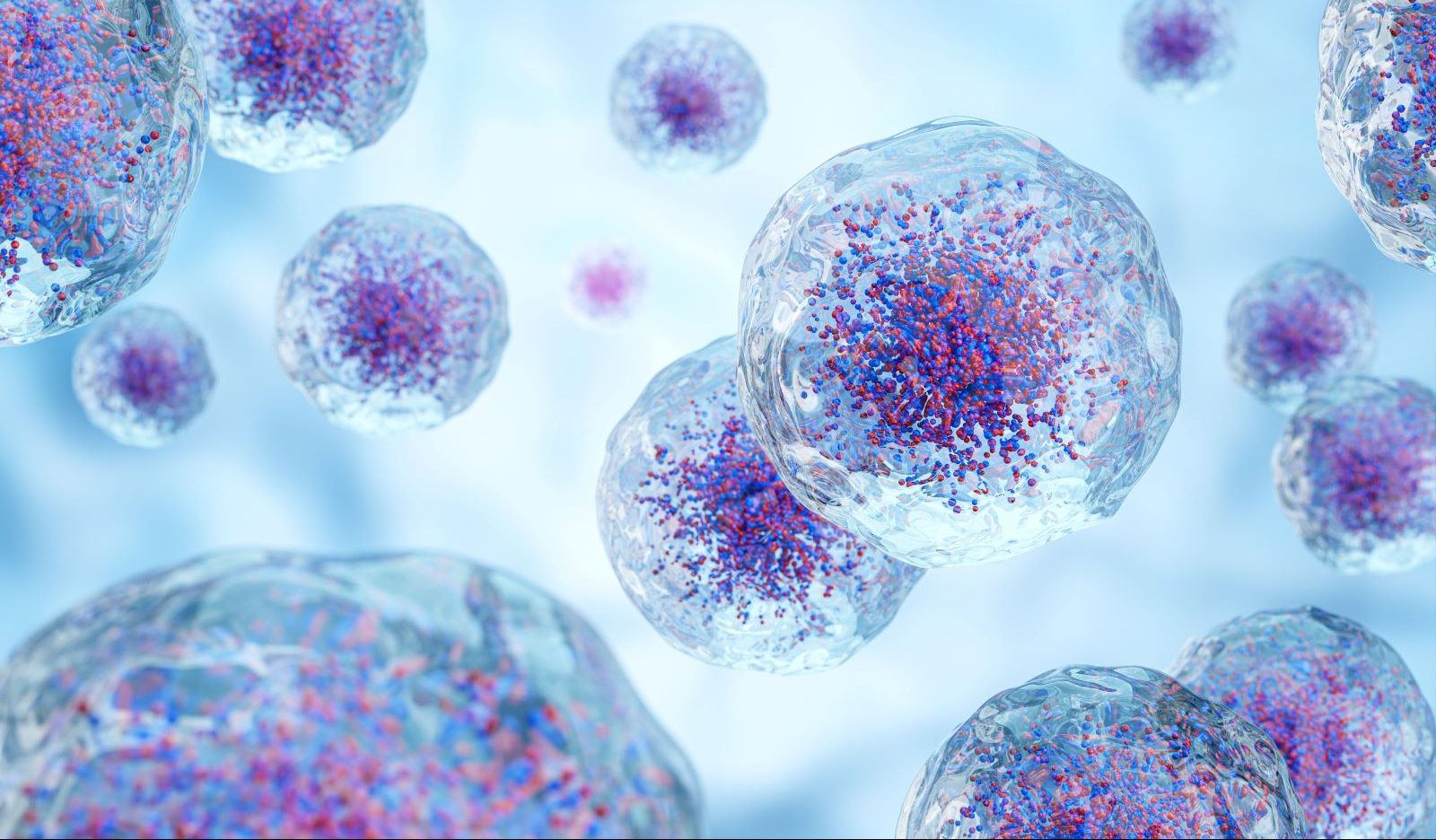Gastrointestinal Medical Oncology
Hartford HealthCare Cancer Institute
In the United States, 9440 cases of anal cancer are diagnosed annually. However, the incidence has been increasing in the United States. Based upon the United States Cancer Statistics data, the incidence rates for anal cancer has increased by approximately 2.7% per year. Anal cancer is one of the fastest accelerating causes of cancer incidence and mortality in the United States.
The anus is the opening at the lower end of the intestines. It’s where the end of the intestines connect to the outside of the body. The anus is connected to the rectum by the anal canal. The anal canal has two ring-shaped sphincter muscles that keep the anus closed and prevent stool from leaking out. The anal canal is about 1- 2 inches long and goes from the rectum to the anal verge. The anal verge is where the canal connects to the outside skin at the anus. This skin around the anal verge is called the perianal skin. Most anal cancers derive from the anal canal and are squamous cell cancer.
Risk factors for anal cancer include the following. HPV (human papillomavirus virus) and HIV (human immunodeficiency virus) are risk factors for the development of anal cancer. HPV infections are called high-risk because they are strongly linked to cancers including anal cancer, as well as cancer of the cervix, vulva, and vagina in women, penile cancer in men, and cancers of the anus, mouth, and throat in both men and women. The high-risk subtype most likely to cause anal cancer is HPV-16. Younger generations are now being protected against HPV infections with vaccination as adolescents and young adults. In addition, those who are chronically immunosuppressed such as organ transplant recipients are at higher risk for anal cancer. Men who have sex with men are at higher risk for developing anal cancer. An increased incidence of anal cancer is seen in those who have higher number of sexual partners, genital warts and anal intercourse. Lifestyle also contributes to a higher risk including cigarette smoking.
Symptoms and signs of anal cancer include rectal bleeding, rectal pain, and sensation of a mass which could be falsely attributed to hemorrhoids. If these symptoms and signs are present, it is prudent to be evaluated by a medical provider.
The diagnosis of anal cancer is made by recognition of an anal area mass and with a biopsy of the tumor. Additional testing would include imaging with CT scan, MRI scan and PET/CT scan. HIV testing is recommended as part of the evaluation. The imaging studies would provide information regarding the extent of disease.
If the cancer is very small, surgical excision may be sufficient to manage the tumor. Should disease be limited to the anal canal and regional lymph nodes, a combination of chemotherapy and radiation is recommended. The goal of therapy would be to eradicate disease without surgery. Chemotherapy with mitomycin and fluorouracil is given in combination with daily radiation which is given daily for 5-6 weeks. Capecitabine, an oral formulation of fluorouracil, is another option that can be given with mitomycin and increases the convenience of treatment as outpatient therapy.
After completion of therapy, the large majority of patients will have had a complete response which means that there is no residual cancer. However, if a cancer persists after a six months of periodic examinations, then surgery is required. An abdominoperineal resection leads to potential cure. Also if one develops recurrent disease in the anus after a complete response without evidence of other areas of disease, an abdominoperineal resection is advised. However, patients who undergo this surgery will have a permanent colostomy. Despite this significant change, survivors can continue to live with an excellent quality of life.
There are long term side effects of treatment with chemotherapy and radiation. Diarrhea and bowel irregularity may be seen. Anal narrowing and dysfunction may occur. Symptoms can be managed with changes in diet and medications. Sexual dysfunction may also occur. In women, vaginal narrowing and dryness can be a problem which is best managed early in conjunction with gynecology. Vaginal dilators and pelvic floor physical therapy can help manage long term gynecological health.
Although the majority of patients are cured with a combination of chemotherapy and radiation and surgical salvage if needed, some patients either present with more advanced disease at the time of initial diagnosis or develop recurrent/metastatic disease. Carboplatin and paclitaxel chemotherapies have more recently been shown to be improved in helping patients live longer when compared to the old standard of cisplatin and fluorouracil. This combination of carboplatin and paclitaxel is also better tolerated.
Immunotherapy also has promise in the treatment of advanced anal cancer. Immunotherapy is based upon the concept that the immune system plays an important role in the surveillance and treatment of cancer. A class of new drugs, immune checkpoint inhibitors, have shown promising results in the treatment of advanced anal cancer, and appear to help the patient’s immune system recognize the cancer cells as being foreign.
In summary, although anal cancer is an uncommon cancer, it has been increasing in incidence. Therapy consists of chemotherapy and radiation which is potentially curative in localized cases while reserving surgery for locally recurrent or persistent disease. Chemotherapy and immunotherapy may be used for more advanced disease to help improve survival while maintaining as good of a quality of life as possible. Researchers continue to look for novel therapies to improve the outcome of this disease.



